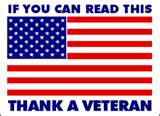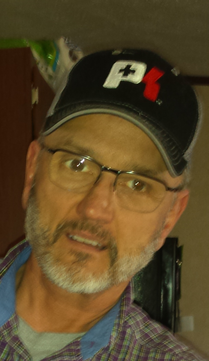When the Music Stopped...
by
Chaplain Jim Higgins, LSA Anaconda is at the Ballad Airport in Iraq, north of
Baghdad
For those who are unaware, at
all military base theaters, the National Anthem is played before the movie begins.
I recently attended a showing of
'Superman 3' here at LSA Anaconda. We have a large auditorium that we use for
movies as well as memorial services and other large gatherings. As is the custom at all military bases, we
stood to attention when The National Anthem began before the main feature. All was going well until three-quarters of
the way through The National Anthem, the music stopped.
Now, what would happen if this
occurred with 1,000 18-to-22-year-olds back in the States? I imagine that there would be hoots,
catcalls, laughter, a few rude comments, and everyone would sit down and yell
for the movie to begin. Of course, that is, only if they had stood for The
National Anthem in the first place.
Here in Iraq 1,000 soldiers continued to stand
at attention, eyes fixed forward. The music started again, and the soldiers
continued to quietly stand at attention.
Again, though, at the same point, the music stopped. What would you
expect 1,000 soldiers standing at attention to do? Frankly, I expected some
laughter, and everyone would eventually sit down and wait for the movie to
start.
No!!. . . You could have heard a pin drop
while every soldier continued to stand at attention.
Suddenly, there was a lone voice from the
front of the auditorium, then a dozen voices, and soon the room was filled with
the voices of a thousand soldiers, finishing where the recording left off:
"And the rockets' red glare, the bombs bursting in air, gave proof
through the night that our flag was still there. Oh, say, does that
Star-spangled Banner yet wave, o'er the land of the free, and the home of the
brave."
It was the most inspiring moment
I have had in Iraq, and I wanted you to know what kind of U.S. Soldiers are
serving you!
Remember them as they fight for
us!
Pass this along as a reminder to
others to be ever in prayer for all our soldiers serving us here at home and
abroad. Many have already paid the
ultimate price.
Shared by Bruce Douglas
“All
that is necessary for the triumph of evil, is for good men to do nothing”
Edmund Burke

